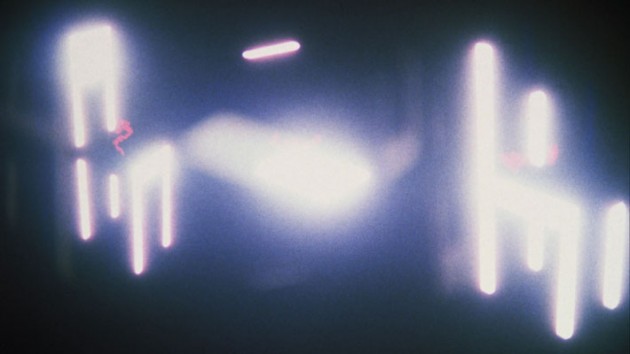Luke Jerram
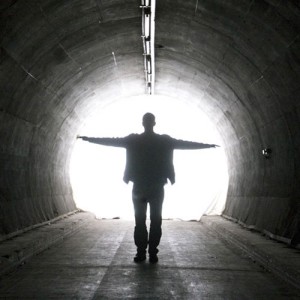
Luke Jerram
- born in Stroud, UK
- lives in Bristol, UK
- research fellow at ISVR (Institute of Sound and Vibration Research), University of Southampton
- web lukejerram.com
"The nice thing about being an artist is that I can jump around from one area of interest to the next—microbiology one week and the gravitational pull of the Moon the next. Scientists don’t seem to be allowed to do that anymore—they have to specialize in their own little field—which is a shame, I think." - [seed]
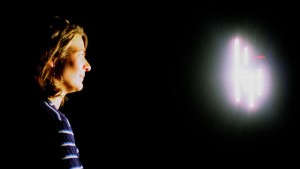
Retinal Memory Volume
The perceived artwork of this installation only exists in the mind of the viewer. The mechanism of human perception is used as a light-sensitive film. By flashing lights in an otherwise dark space, Jerram creates the representation of a three-dimensional ghost-like chair in the retinal after-images of the viewer. A further flash lights up part of the room and through optical illusions the chair is perceived as life-size and placed on the floor of the installation space.
Retinal Memory Volume - I'd so love to try this!
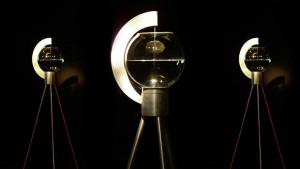
Tide at V2 Festival
Tide
Resonating and singing glass bowls exemplify the earth's changing position in space and it's interaction with the sun and the moon - evident in the gravitational pull between the celestial bodies.
A gravity meter located in the gallery space measures the Earth tide, caused by the changing gravitational pull of the moon and sun on the Earth. This information is represented as a video projection showing a full 24 hours of altering gravity. Through the use of water pumps, the received data is also made to control water levels within each sculptural object. A friction device makes the glass of each sculpture resonate and sing (like rubbing a finger around the rim of a wine glass). The rise and fall of water levels over time from high to low tide changes the note produced by each singing sculpture.
[lukejerram.com/projects/tide]
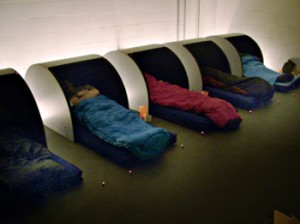
Dream Director test sleepover, Spike Island, Bristol 2007
The Dream Director : Where do you go when you dream?
Jerram was commissioned by Watershed Media Centre to investigate the complexities of sleep and dreaming. Together with sleep psychologist Chris Alford of The University of West of England he invited participants to sleep overnight in the gallery in specially designed pods. The REM sleep phases were detected with worn eye-masks and triggered ambient sounds that should affect the nature of the dream. After the night the participants are asked to record their dreaming experience.
References
SEED magazine: At the Edge of Perception, 2009
